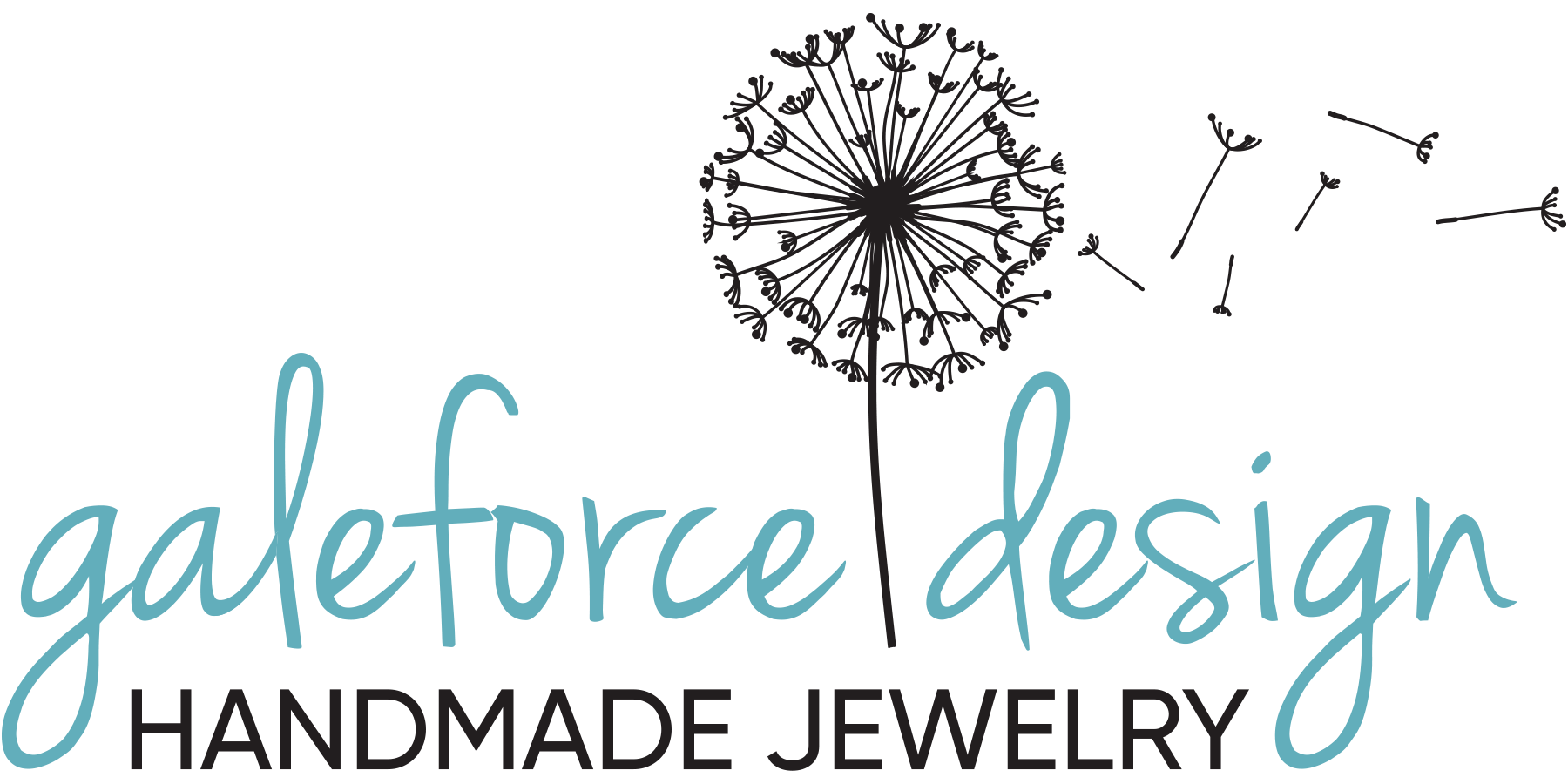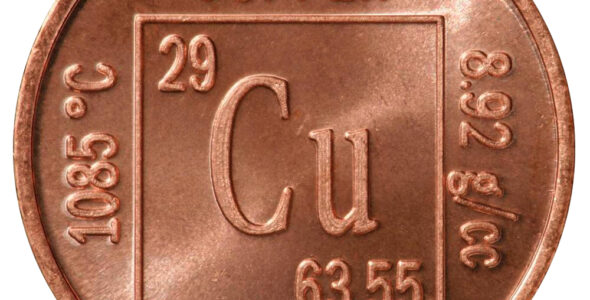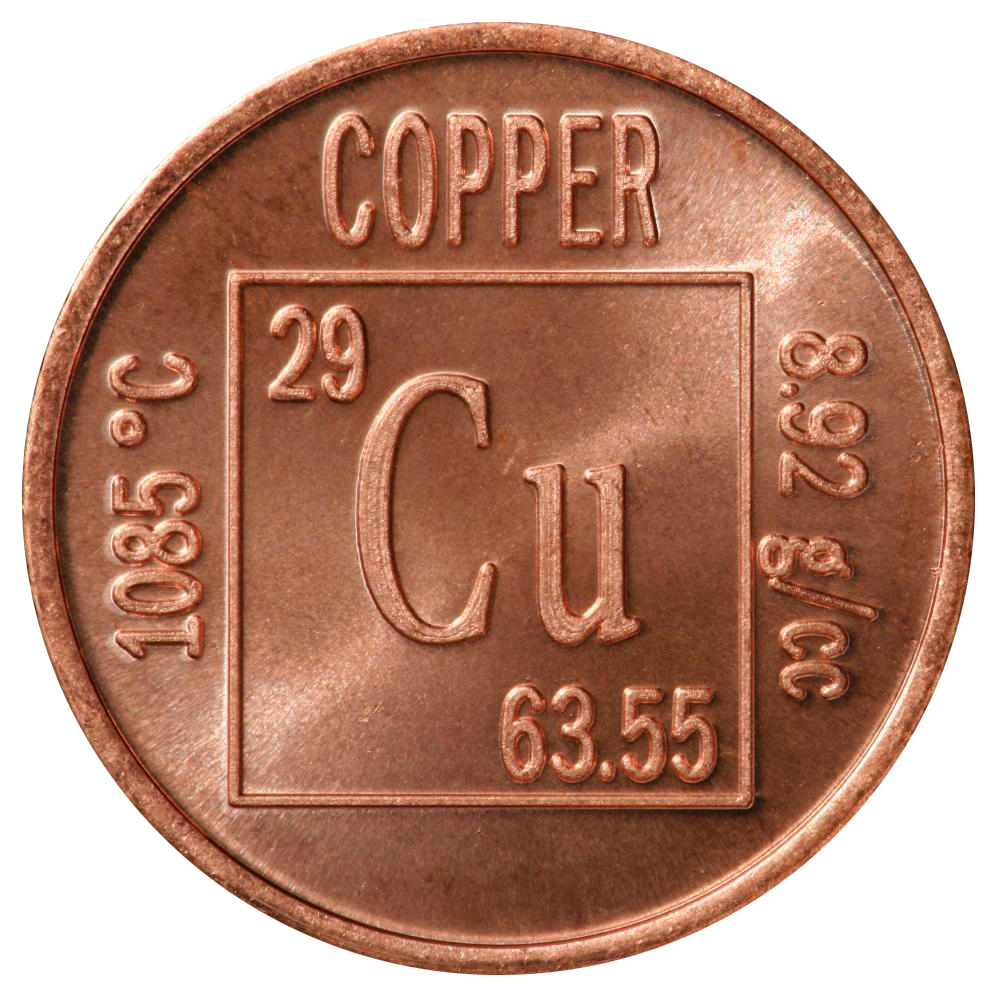Exploring the Beauty and Utility of Copper
Copper: Element No. 29, Symbol Cu, and a Legacy of Elegance
Copper is a remarkable and versatile metallic element that graces both your everyday life and the history of mankind. In this blog post, we’ll delve into the fascinating world of copper, from its unique properties to its intriguing historical significance.
Copper’s Distinctive Characteristics
Copper’s Alluring Reddish Hue
Copper boasts a distinctive reddish-metallic coloring that sets it apart from all other elements. The only non-silvery metal in the periodic table is gold, and when combined with copper, it gives rise to the enchanting shades of red and rose gold.
An Ancient Metal
Copper, alongside gold and meteoritic iron, holds the honor of being among the first metals to be worked by humanity. These metals were found in their pure state in nature, making them accessible to early civilizations. Copper’s use dates back over 10,000 years, as evidenced by artifacts like Otzi the Iceman’s copper axe, a testament to its enduring allure.
Copper’s Role in Our Health
Vital for Nutrition
Copper isn’t just a metal; it’s also an essential element for human nutrition. This mineral plays a crucial role in blood cell formation and can be found in various foods and most water supplies. Foods like leafy greens, grains, potatoes, and beans are rich sources of copper. However, it’s important to note that excessive copper intake can lead to health issues, including jaundice and anemia.
Copper’s Versatility and Benefits
Alloying Magic
Copper’s propensity to form alloys with other metals has given rise to some of the most well-known alloys, such as brass (copper and zinc) and bronze (copper and tin). These alloys have diverse applications across industries.
Nature’s Antibacterial Agent
Copper boasts natural antibacterial properties, making it ideal for applications like brass door handles in public buildings, where it helps prevent the transmission of diseases. It’s also used on ship hulls to deter the attachment of mussels and barnacles and in controlling algae growth.
Copper’s Industrial Significance
The Third Most Utilized Metal
In the world of industry, copper takes a prestigious third place behind iron and aluminum. Its applications are vast, spanning from wiring (accounting for 60% of all copper use) and plumbing to electronics, construction, cookware, coins, and more. Curiously, it’s the copper in water, not chlorine, that causes hair to turn green in swimming pools.
Copper’s Oxidation States and Recycling
Versatile Oxidation States
Copper exhibits two common oxidation states, each with its unique set of properties. One way to distinguish them is by the color of their emission spectrum when heated in a flame. Copper(I) produces a blue flame, while copper(II) yields a green one.
An Eco-Friendly Metal
Copper is an eco-conscious choice as nearly 80% of all mined copper remains in use. It’s 100% recyclable, making it a sustainable material. Abundant in Earth’s crust and present in seawater, copper’s origins trace back to exploding white dwarfs and massive stars before our solar system’s formation.
Copper’s Versatile Chemistry
Simple Compounds and Beyond
Copper readily forms simple binary compounds, which consist of only two elements. Examples include copper oxide, copper sulfide, and copper chloride. Beyond this, copper forms complex compounds, organometallic compounds, and other multifaceted structures, making it a captivating subject of study.
In conclusion, copper’s elegance and versatility have been cherished throughout human history. From its captivating color to its essential role in our health and industry, copper continues to play a vital part in our lives. Its enduring legacy is a testament to its enduring beauty and utility.



